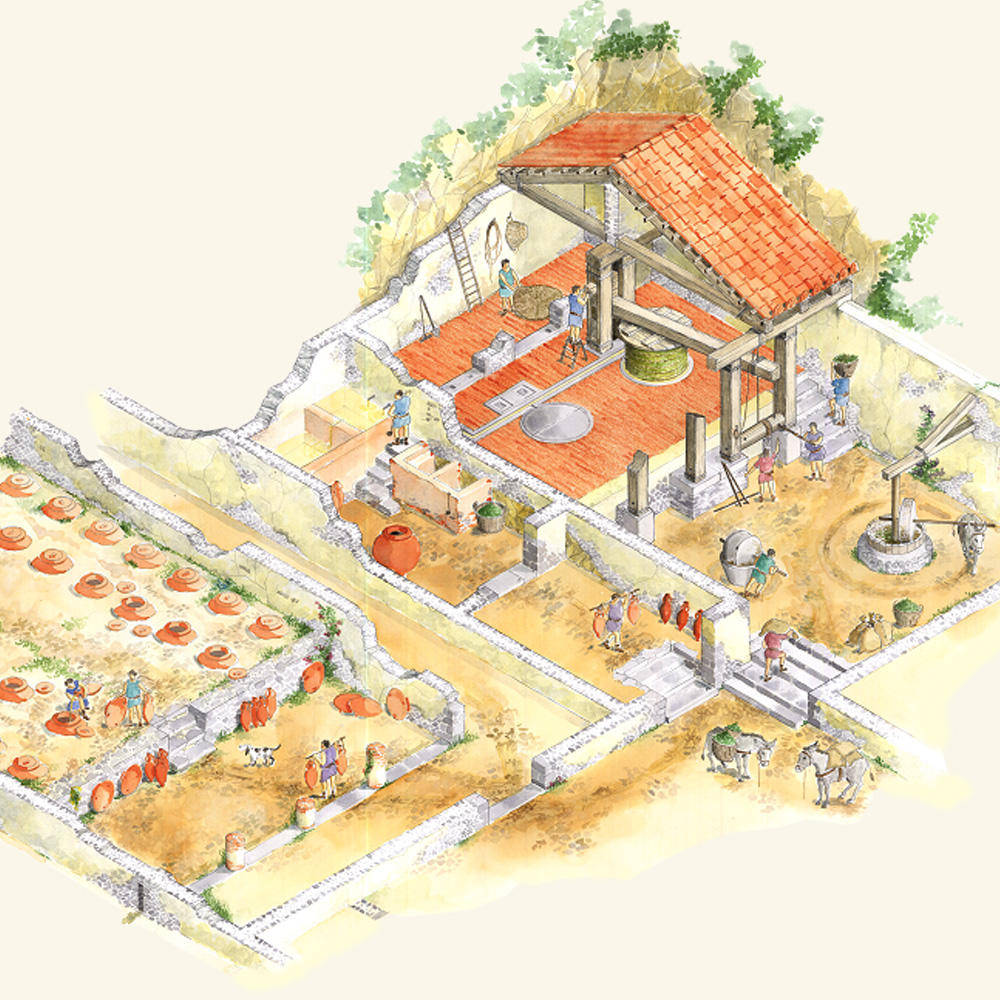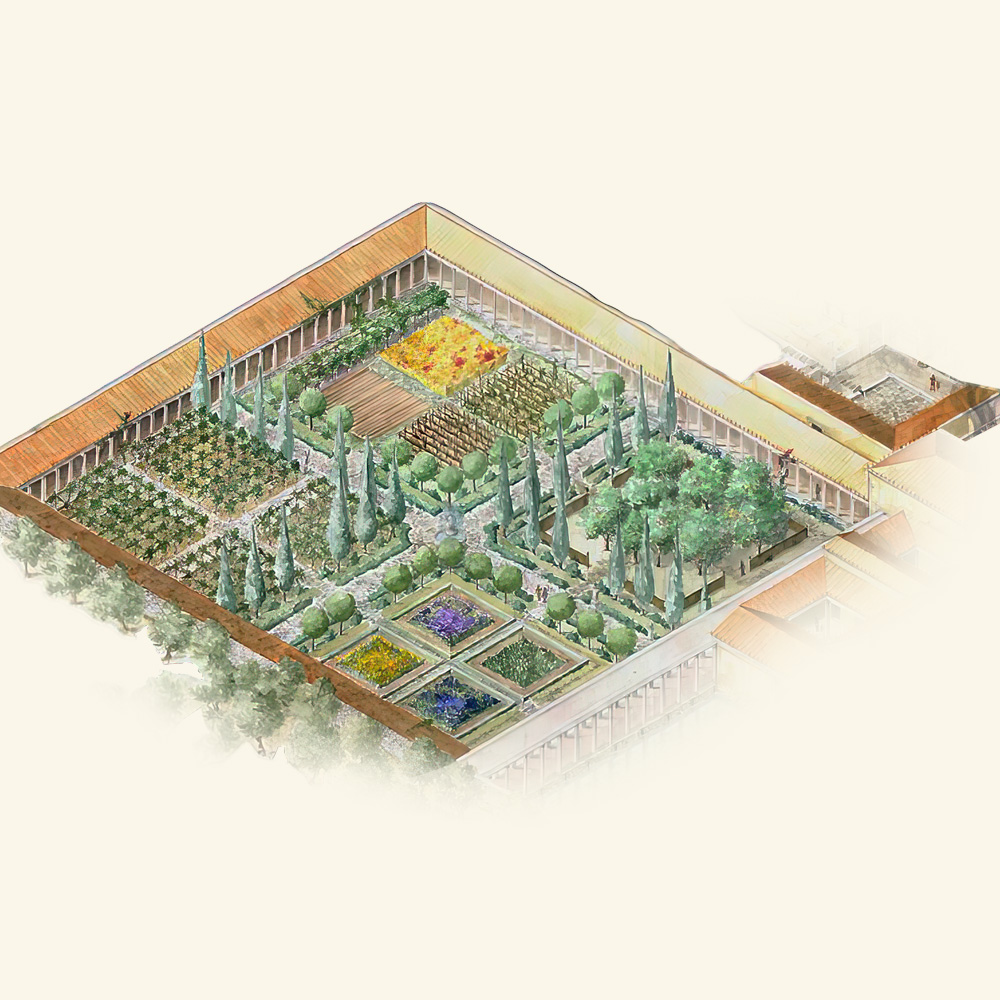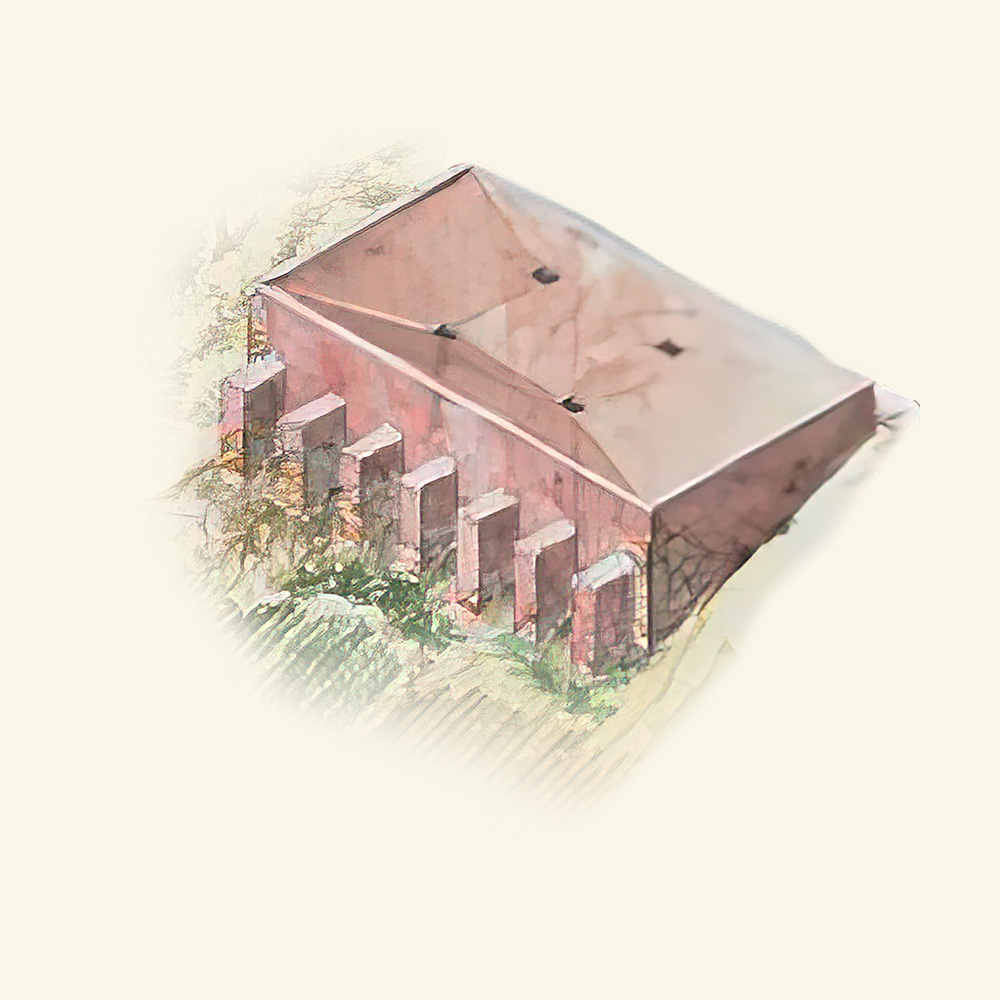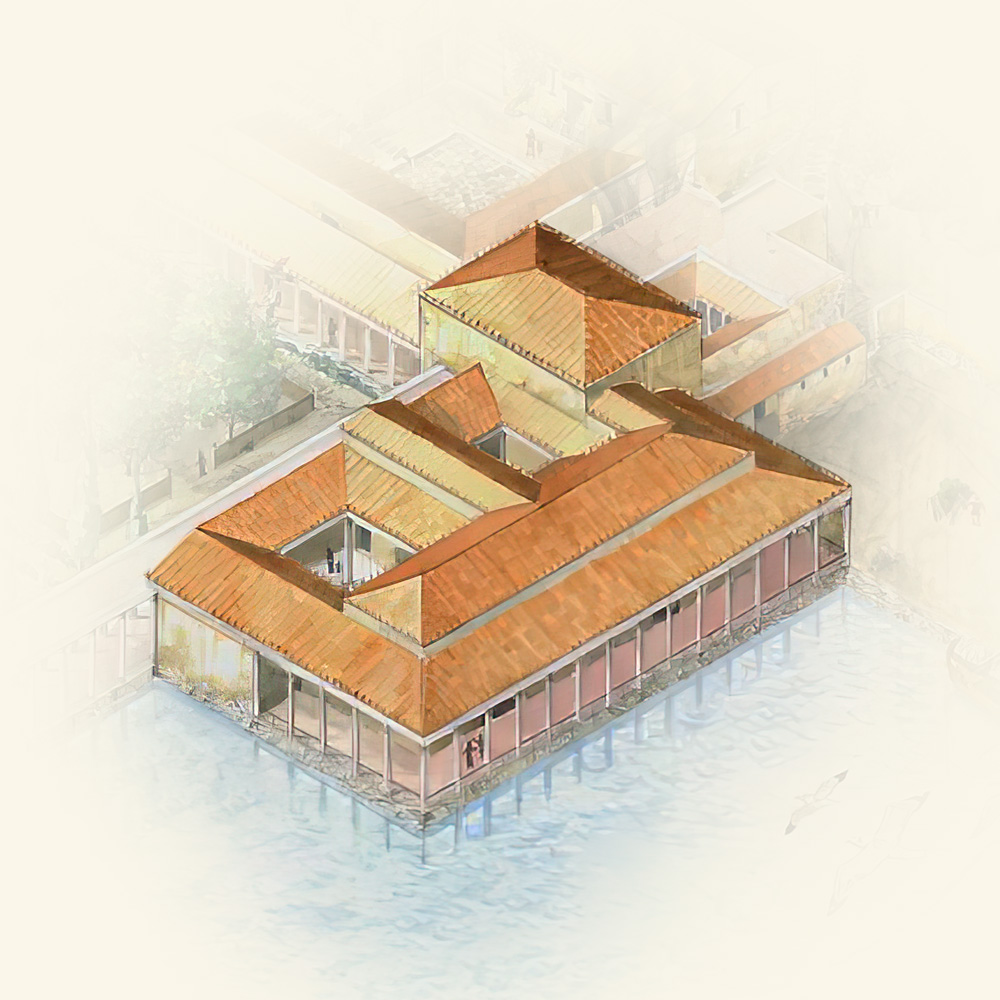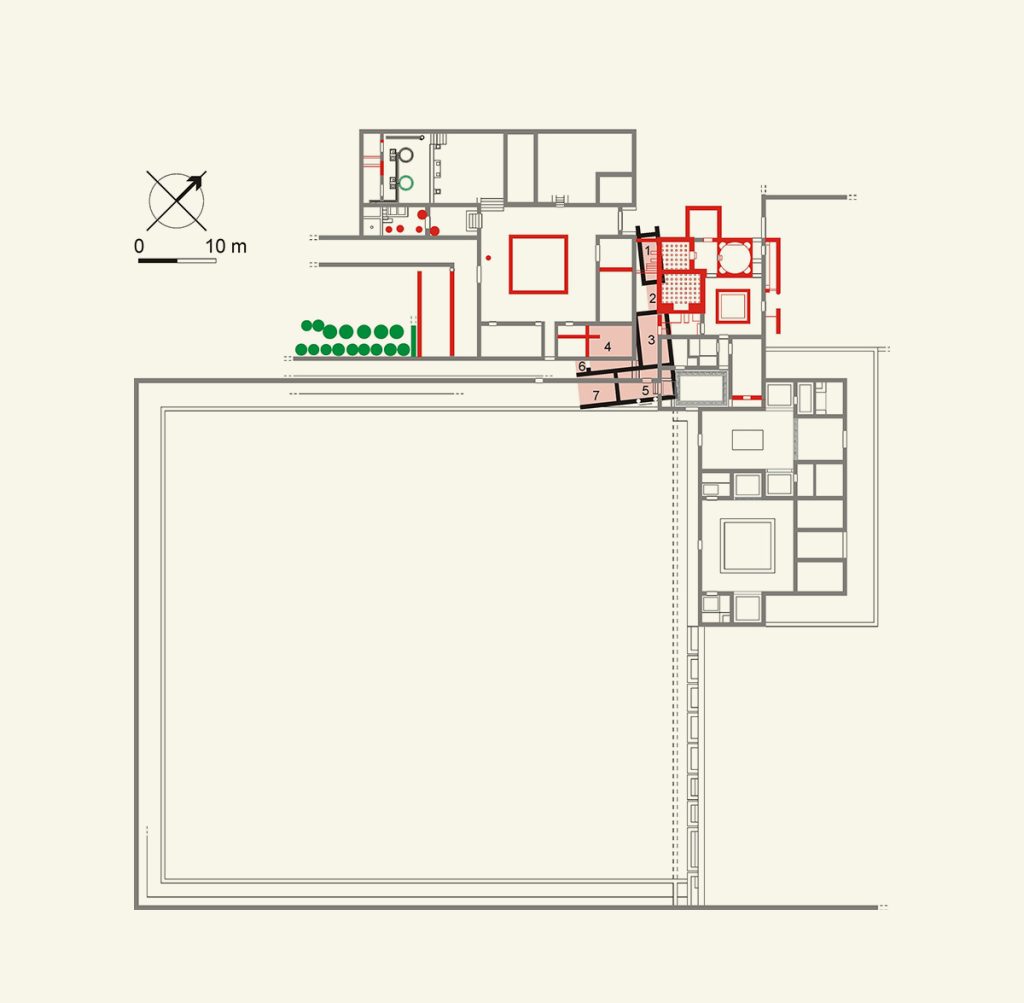Roman villas are an architectural and productive model typical of the Roman world, widespread in particular between the 2nd century B.C. and the 1st century A.D. They were composed of several buildings, some intended for residential use (pars urbana), others designed to house tool and product storage areas, stables, processing rooms, slave dwellings and others (pars rustica).
The buildings were surrounded by plots of land, both cultivated and uncultivated, which constituted the fundus. There is a very effective description of how they functioned in the agricultural manual De Agricultura by Cato from the 1st century BC.
The Villa del Varignano, which fully reflects this model, is built in a marine inlet protected from the winds, provided with fresh water and designed to create a harmonious scenic insertion in the landscape context characterised by hilly reliefs.
The Roman structures currently visible occupy a surface area of approximately 3080 square metres, of which 1320 square metres relate to the residential area and 1760 square metres to the rustic and productive facilities, to which 4800 square metres relating to the large courtyard must be added.
Its creation is part of the historical and political framework of the Roman conquest of the area, previously under the control of the Ligurians, which culminated in the foundation of the Roman colony of Luna (present-day Luni) in 177 BC. The entire gulf of La Spezia, together with the strip of upper Versilia and the marble basins of the Apuan Alps, constituted the ager, i.e. the territory controlled by the colony, which, as was usually the case, included both areas divided into lots with the centuriation system and assigned to settlers and areas that remained undivided.
This explains the widespread presence of Roman remains found along the entire length of the Gulf, although many contexts were destroyed following the construction of the Naval Arsenal in the 19th century.
The gulf is part of the extensive port system known as Portus Lunae, extending as far as Luna, which in ancient times stood on the sea in an environmental context profoundly different from that of today.
